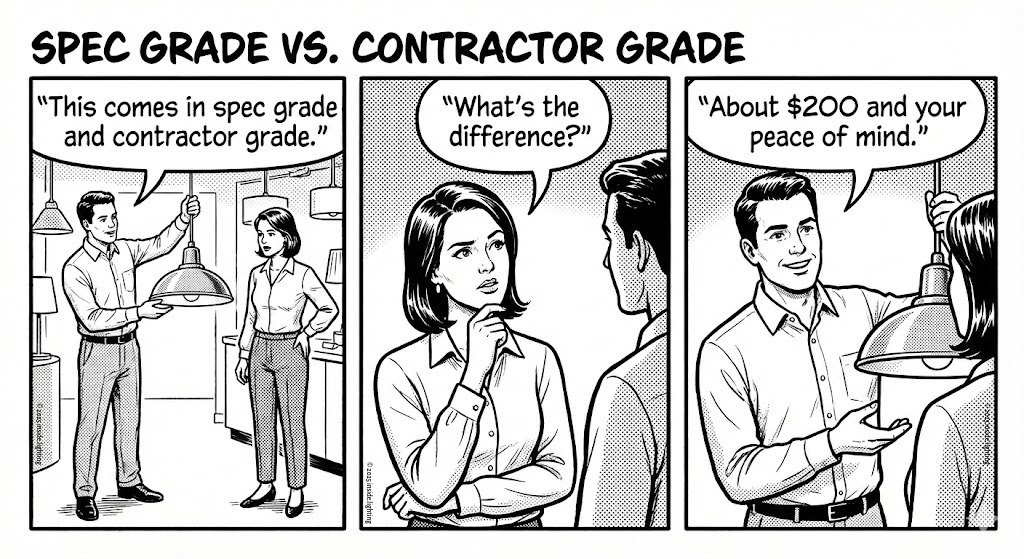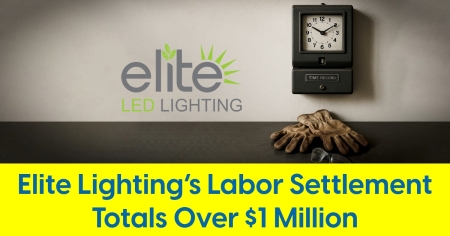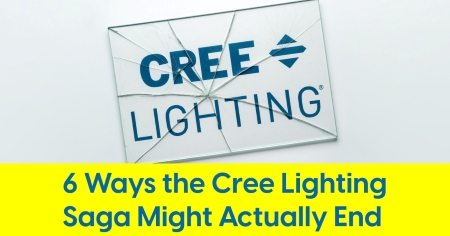June 4, 2025
Maine Drafts One of Country’s Tightest Lighting Policies

Proposed law would mandate strict standards for brightness, color, shielding and local enforcement
Maine lawmakers are advancing a bill that would make the Pine Tree State home to one of the most technically detailed outdoor lighting laws in the country. Titled An Act to Promote Responsible Outdoor Lighting (LD 1934 / HP 1295), the legislation sets strict standards for brightness, shielding, color temperature, and light spill — while requiring all municipalities to enforce those standards through local ordinances by the end of 2028.
If passed, the bill would apply to all public outdoor lighting installed or replaced after October 1, 2026. It’s being closely watched by lighting professionals, municipal planners, and dark-sky advocates nationwide for its potential to serve as a state-level model.
Technical Specs: From “Recommended” to Regulated
The backbone of LD 1934 is its formal adoption of ANSI/IES lighting standards — including RP-8 for roads, RP-6 for sports lighting, RP-43 for pedestrian areas, and others. These are typically treated as guidance. Maine’s bill gives them teeth: it caps public lighting at 125% of the IES-recommended light levels. That’s a hard ceiling would apply to all public lighting projects.
Lighting that exceeds 1,000 lumens would need to be fully shielded, with no more than 5% of light output allowed above 80 degrees from nadir. Color temperature for most applications is capped at 3000K, with a higher limit of 5700K reserved for outdoor sports venues. Public lighting that doesn’t meet these criteria would not be permitted under the law.
Dark-Sky Goals
LD 1934 includes one of the strictest light trespass protections of any U.S. state: no more than 0.1 lux may spill into federally or state-designated wilderness or natural areas. That level of precision matches what’s typically seen only in local ordinances near observatories or protected habitats, not in state law.
The bill also defines “nonessential lighting” and limits its hours of operation. Lighting is considered nonessential if it doesn’t enhance the physical safety of vehicles or pedestrians. That includes:
- Landscape and decorative lighting
- Illuminated signs during overnight hours
- Lighting on vacant sports fields
- Seasonal displays such as string lights or inflatables
Under the bill, these types of lighting must be turned off between 10:00 p.m. and sunrise, or 7:00 a.m., whichever comes first — unless extended due to facility operating hours.
Sports Lighting: Precision with Exceptions
Sports lighting receives a carve-out — but not a free pass. It must still minimize uplight and spill:
- At least 85% of lumens must be contained within 10 meters of the playing area.
- No more than 8% of light may be emitted above 80 degrees from nadir.
- Fixtures must use the lowest feasible CCT, not to exceed 5700K.
These controls only apply during seasons and times when the facilities are in use, offering some flexibility for high school stadiums and ski resorts.
Enforced Locally, Mandated Statewide
While other states — such as Arizona and New Mexico — have implemented outdoor lighting laws focused on dark skies or shielding, they often stop short of requiring local enforcement. Maine’s bill would do exactly that. By December 31, 2028, every municipality would need to pass ordinances aligned with the new standards, creating a unified approach across urban and rural jurisdictions alike.
To support that, the state would publish a model ordinance by late 2026.
What It Means for the Industry
For lighting people operating in Maine’s public sector, LD 1934 would significantly influence specifications, fixture selection and lighting plans. It ties aesthetic and safety goals to measurable limits — and gives public entities a clear framework to follow.
Whether the bill becomes law and other states follow suit remains to be seen. But with growing concern around light pollution, ecological disruption, and energy waste, Maine’s approach signals where lighting policy may be headed.










